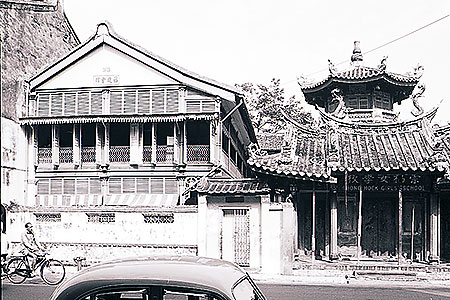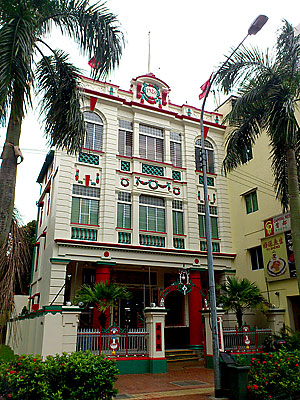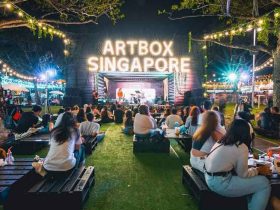
Clan associations may seem foreign to the younger generation, but they are the bedrock of local Chinese heritage
By Chia Hui Jun
What do Tao Nan School and Ai Tong School have in common, besides being popular primary schools? They were started by the Hokkien Huay Kwan back when public resources and funding were scarce.
Clan associations may be fading out of public consciousness today, especially with the younger generation, but their societal contributions such as Tan Tock Seng Hospital remain. They are a treasure trove of our founding fathers’ history, and preserve traditional Chinese values.
Origin of Clan Associations
When waves of Chinese immigrants arrived on Singapore shores in the 1800s, hoping to carve out a better future, they banded together to foster kinship and allay feelings of isolation and homesickness.
These Chinese immigrants formed clans based on geographical ties, kinship (surname) or trade. Four major groups of locality-based clan associations emerged – Fujian, Guangdong, Hainan and Sanjiang, with the same or related family names.
However, if grouped along dialect lines, there are the Hokkien, Cantonese, Teochew, Hakka, and Cantonese/Hakka clans (which speak both Cantonese and Hakka). As they expanded, they went beyond helping members in their daily lives and needs to setting up schools, hospitals and aiding in charity efforts, bringing much prosperity to the Chinese community.
Hokkien: Singapore Hokkien Huay Kuan
The largest of the clan associations, Singapore Hokkien Huay Kuan set up six schools since 1849, and also donated land for the Nanyang University (today’s Nanyang Technological University) campus.
Besides education, they also have an active art and culture troupe conducting cultural classes and workshops in performing arts, calligraphy and Chinese language.
137 Telok Ayer Street, #08-01/03, Singapore 068602

Cantonese: Kong Chow Wui Koon
Kong Chow is the old name for the Xinhui district in Guangdong. In Singapore, Cantonese is the third most spoken dialect and this association, Kong Chow Wui Koon, is famous for its martial arts and local bicycle acrobatic team.
Its building still stores antique furniture and historical relics since the Japanese Occupation, so swing by to check them out if you’re in the area.
321 New Bridge Road, Singapore 088758
Teochew: The Huilai Countrymen Association
Huilai is one of the ten districts of the Chaozhou prefecture, and there were many Hui Lai clansmen in post-war Singapore. The Huilai Countrymen Association was set up in 1947 for the clansmen to keep in touch and to work together for their welfare.
23B Teo Hong Road, Singapore 088332
Hakka: Ying Fo Fui Kun
Started by the Khek or Hakka immigrants from five districts of the Guangdong province, Ying Fo Fui Kun is the only clan organisation in Singapore which has remained in its original premises until today. They organise social programmes, celebrate Chinese festivals and foster social ties with overseas Khek communities.
98 Telok Ayer Street, Singapore 048474
Republished from Issue 44.
ADVERTISEMENTS








